


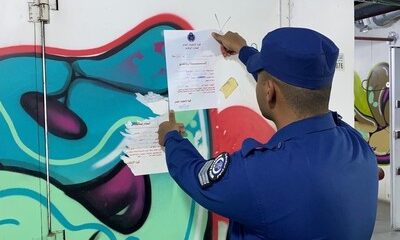

61 fire safety violations found in Kuwait’s Mubarakiya Market inspection
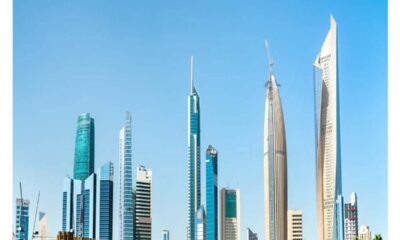

Nod to conditional foreign ownership of property in Kuwait
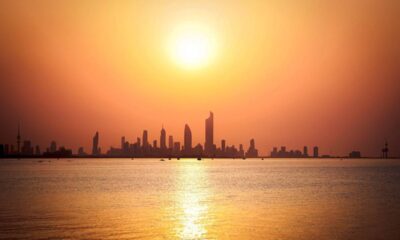

Today in Kuwait’s history | Kuwait Times Newspaper
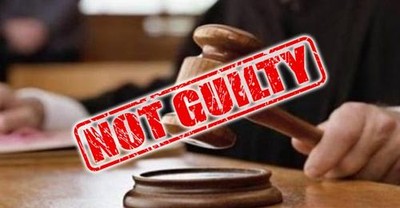

No Punishment Without Evidence, Acquits Man In Sorcery Case
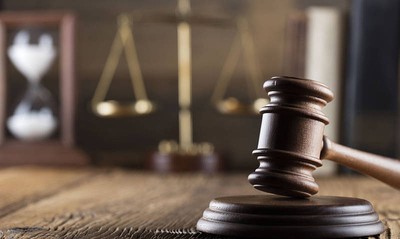

Hearing put off in wife murder case
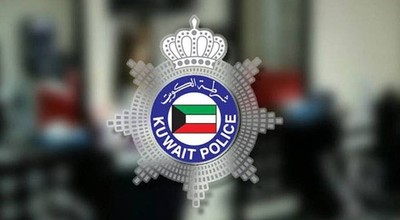

61-Year-Old Arab Expat Found Dead Inside Workplace
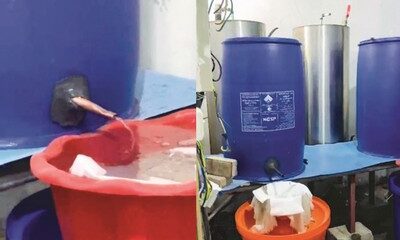

Six Asians Arrested in Abdali for Running a Liquor Factory in the Desert
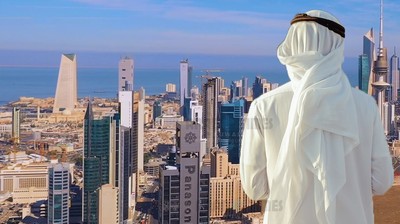

Companies and funds can own real estate in Kuwait under strict controls